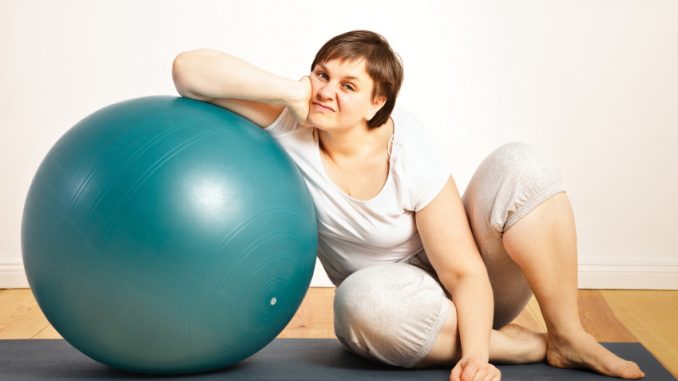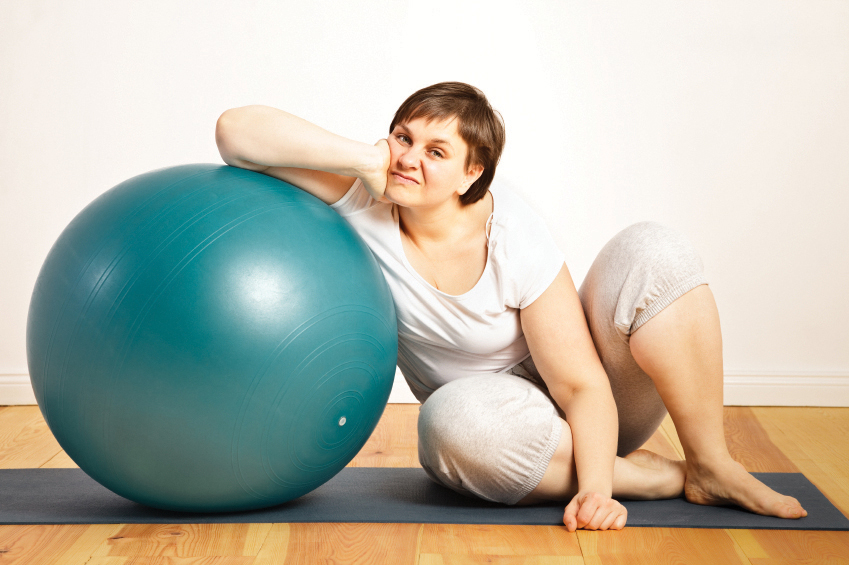
We’ve all heard people say things like “running gives you a high” or “exercise is addictive,” but for many of us, loving exercise is a difficult task. Some people may even say they dread, despise, or are apprehensive about going to the gym.
Why do some of us find it so difficult to get out of bed in the morning? Why is it so difficult to get the body moving so that it can save our lives?

Table of Contents
“Exercise” isn’t something humans evolved for
Food was scarce for the majority of human history, and being physically active was not an option. Since the dawn of time, humans have been on the move and resting after they eat, because they didn’t know where their next meal would come from.
In other words, if you find yourself tempted to curl up on the couch rather than hit the gym, know that resting is a natural human tendency.
There is an abundance of sitting and resting in our modern lifestyles. Because of technology, cars, and other labor-saving devices, moving is no longer necessary to stay alive every day.
However, a sedentary lifestyle is detrimental to our health. According to a meta-analysis published in The Lancet, inactivity is associated with a 30–40% increased risk of colon cancer, a 30% increased risk of breast cancer, a 20–60% increased risk of type 2 diabetes, and a 30–50% increased risk of premature death.
So, how much exercise is actually required?
It is recommended that Australian adults (18–65 years of age) get at least 150 minutes per week of moderate-intensity physical activity (though 300 minutes is preferred). Brisk walking, light cycling, or mowing the lawn are all examples of low-intensity activities that can be done at home.

You only need half of that if you’re willing to engage in regular, vigorous physical activity (75-150 minutes per week). Anything that makes it difficult to hold a conversation, such as jogging or running around playing a sport like football or tennis, qualifies as vigorous activity.
Various types of physical activity are encouraged because they all have different advantages. Lifting weights or doing push-ups is a good way to keep your bones and muscles strong. It should be done two times a week.
If all of that is getting a little overwhelming, remember that any form of physical activity is beneficial. If you want to enjoy the health benefits of physical activity, you don’t need to meet the recommended levels of physical activity.
What are some tried-and-true methods for increasing one’s drive?
Extrinsic and intrinsic motivation are the two main types of motivation identified by psychologists. Self-motivation is a type of intrinsic motivation that comes from within a person. When we are motivated by something outside ourselves, we are said to be extrinsically motivated.
Your intrinsic motivation can be boosted by identifying the reasons why you exercise.
1. Do you want to improve your health by exercising? If so, who is it for? Is it because of how you feel after working out? Exercise has a positive impact on your overall health and well-being, as well as on the health and well-being of your children. It also has a short-term impact on your mood and energy levels. Having a clear idea of what you hope to achieve from exercising can help you get started.

When it comes to getting started with exercise, extrinsic motivators can also help.
2. Set up a time to go for a jog with a friend. Because you don’t want to disappoint your friend, you’re more likely to follow through. In addition, studies show that people who exercise with loved ones or friends are more likely to complete their workouts than those who exercise alone.
3. Make a purchase you’ll be happy to exercise in, such as a new pair of shoes or clothing. Make the reward contingent on completing a certain amount of physical activity.
4. Invest in an activity monitor. In order to keep people motivated, fitness trackers offer a variety of features, such as reminders, self-monitoring, and goal-setting. Numerous studies show that wearing an activity tracker leads to greater levels of physical activity.
5. Make it a habit to exercise at the same time every day. When it comes to forming new habits, exercising in the morning is more effective than exercising at night.
6. Do something you enjoy. Starting a new exercise routine can be difficult enough on its own. Doing something you enjoy will help you stick with it longer. In addition, if you’re doing something you enjoy, your heart rate may rise without you even realizing it. Keep away from the sport if you find yourself dreading it. Take a long walk in the woods or on the beach.

7. Begin with a small goal in mind. Don’t go overboard, but don’t leave yourself wanting more. Additionally, you’ll be less prone to getting hurt or experiencing pain.
8. Increasing output while exercising is made easier by reducing perceived exertion and elevating the mood by listening to upbeat music. Walking and running are two examples of activities that benefit from this type of exercise in particular.
9. Take your dog for a walk. Compared to non-dog walkers, dog walkers walk more frequently and for longer periods of time, and as a result, they feel more secure and connected to their community.

10. Make a financial commitment. People are motivated by the fear of losing something, according to behavioural economics. It has been used for health by some commercial websites, which ask their customers for “commitment contracts” in which they pay a financial deposit that is forfeited in the event that they fail to meet their health-behavior commitments. This method has been proven to increase physical activity, medication adherence, and weight loss results. It works.
It takes three to four months to develop a regular exercise routine, so be patient with yourself and focus on the long term. After that, it’s all up to your internal motivations to keep you going. Who knows? In a few months, you might be the one motivating your family and friends to get active.
